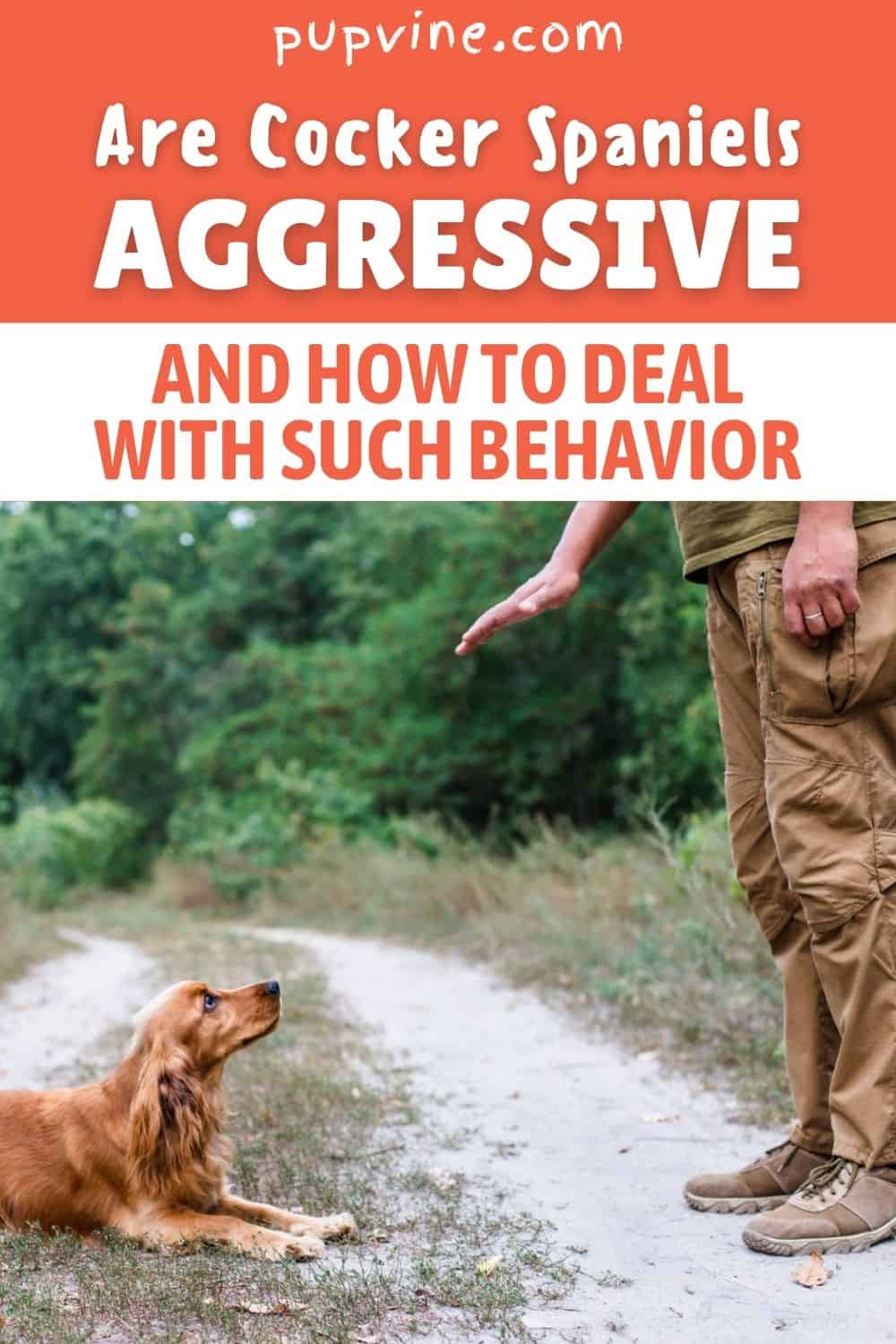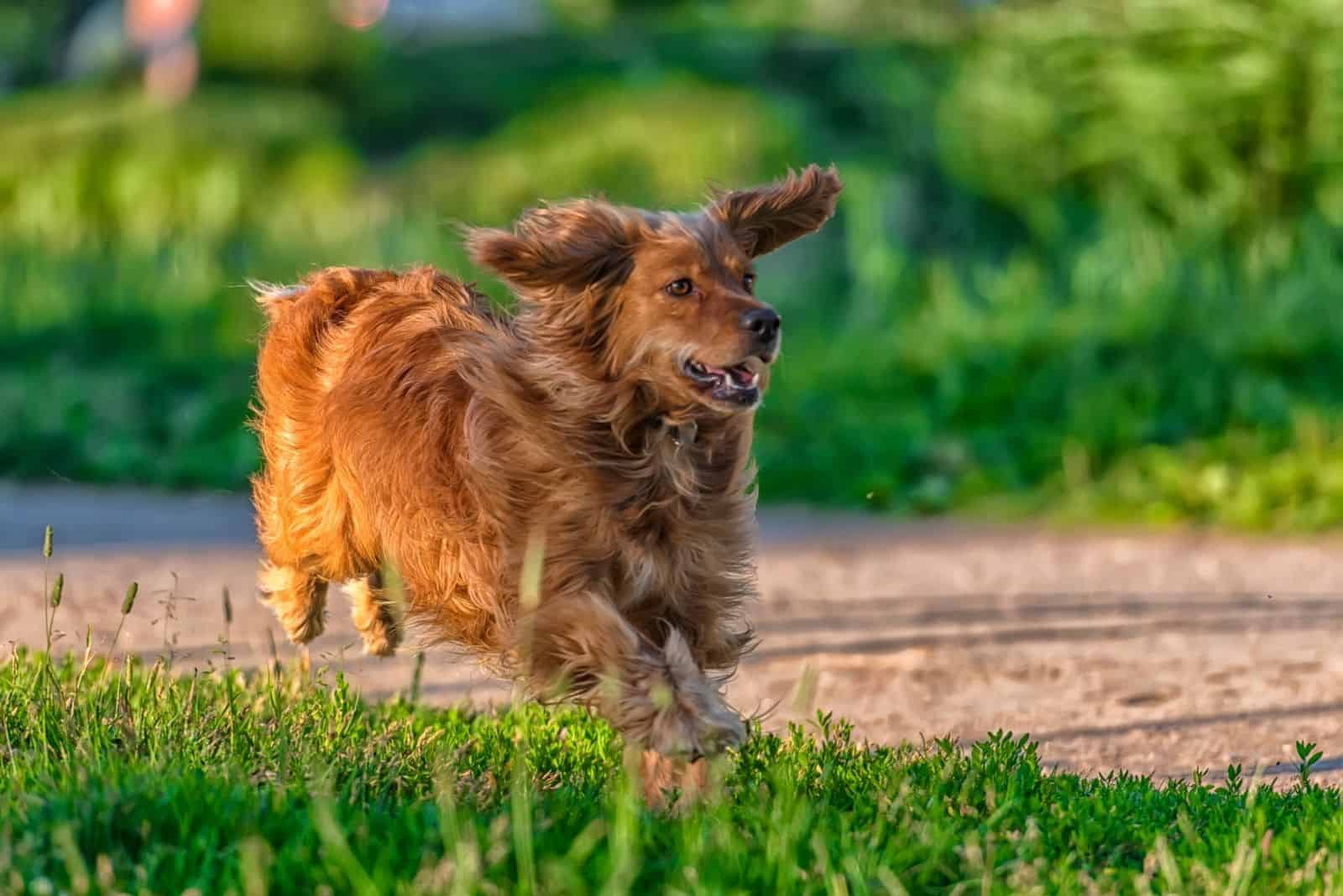Aggressive behavior is something that most dog owners fear the most. Animal behaviour is unpredictable.
To answer the burning question: “Are Cocker Spaniels aggressive?” we must go through different kinds of aggression and find the reasons behind such behavioral patterns.
Cocker Spaniels are generally nice dogs with a loving temperament. But, they’re also bombs ready to explode if triggered. Why is that so? Are all Cocker Spaniels prone to aggression?
Here’s what we know so far…
Are Cocker Spaniels Aggressive?
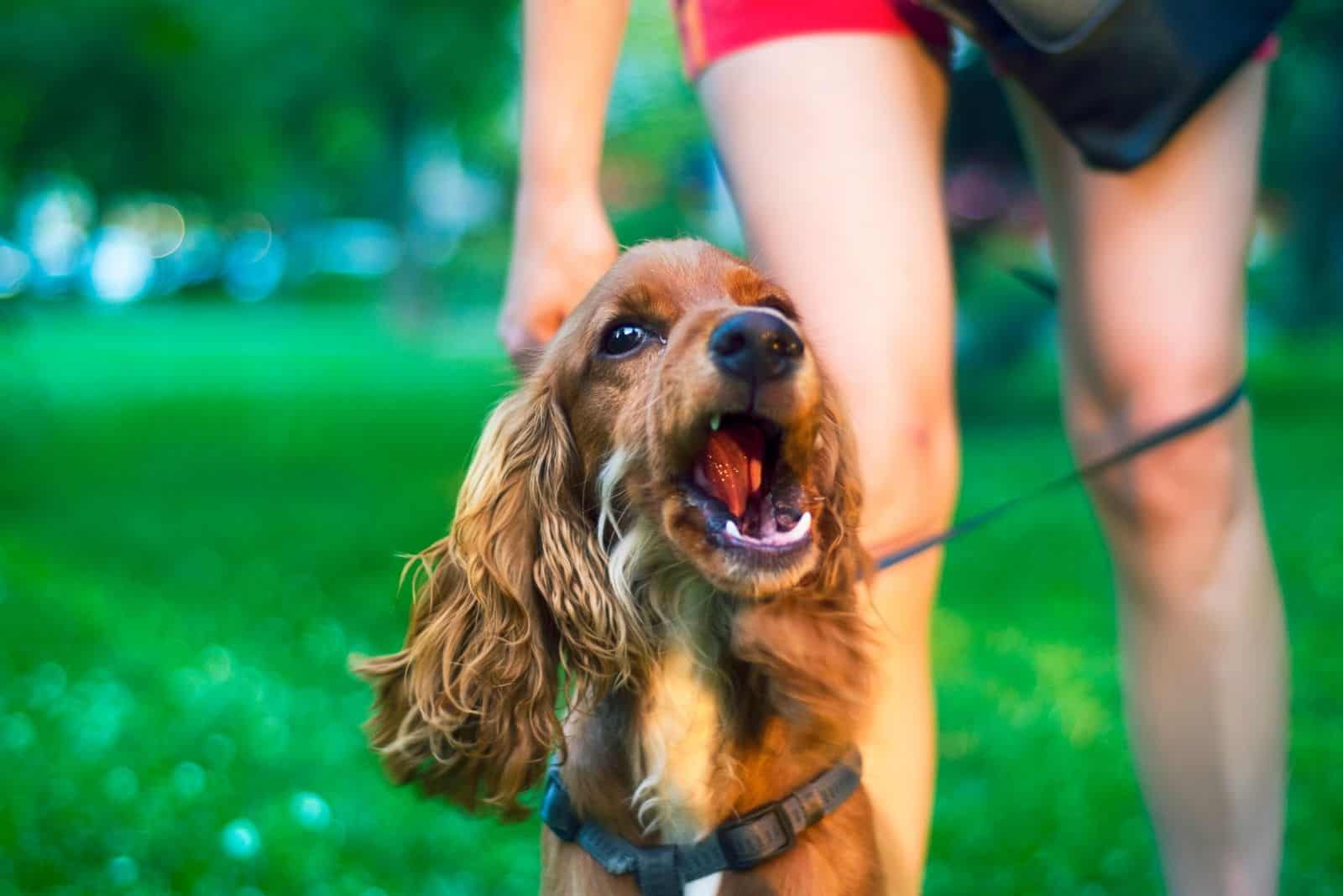
The first thing any future dog owner must know about a specific dog is its temperament.
When it comes to Cocker Spaniels, they have a reputation for being generally loving dogs. But, is it always true? Are Cocker Spaniels aggressive at all?
Besides being very playful and friendly, Cocker Spaniels can also be a bit aggressive. It’s nothing too serious, and it happens to any dog.
There are numerous factors that can cause aggression such as fear, boredom, and a lack of socialization.
One specific thing about the Cocker Spaniel breed is that they can have a behavioral disorder called Cocker rage syndrome or sudden onset aggression. This syndrome is not a common thing. It’s more of an exception than a rule.
Studies have shown that it’s more likely for male Cockers in solid colors like black and gold to develop aggression.
Also, English Cocker Spaniels are specifically affected. But, don’t forget that the AKC recognizes the American Cocker Spaniel and the English Cocker Spaniel as two separate breeds.
Cocker Rage Syndrome is something to be aware of, but also something you might never face as a dog owner.
If you have any idea about this Spaniel dog breed, you’ll know that Cocker Spaniels are polite, friendly, affectionate, attentive, and playful dogs. These are all amazing traits that make this dog amazing!
This breed is well-known for showing affection to their family and being very responsive to obedience training, especially with praises and rewards afterward.
On the other hand, there are some rather unpleasant traits that Cockers have. They can be timid, submissive, and very reserved… almost uninterested.
These dogs need early socialization and independence training as early as possible.
If the dog keeps on being timid, persistently affectionate, or submissive, it can result in clingy behavior you wouldn’t like to see.
Balance is what you need. Balance in every field.
Since they are prone to becoming clingy, you need to worry about separation anxiety. This requires a level of companionship; you either take the dog with you or make it up to him in another way.
If such behavior goes untreated, it can lead to destructive behavior (chewing, barking).
It is advised that if you need to be out all day, you better find someone to watch your dog or find another arrangement. Otherwise, a Cocker Spaniel might not be the right choice for you.
Are Cocker Spaniels Aggressive Or Just Biters?
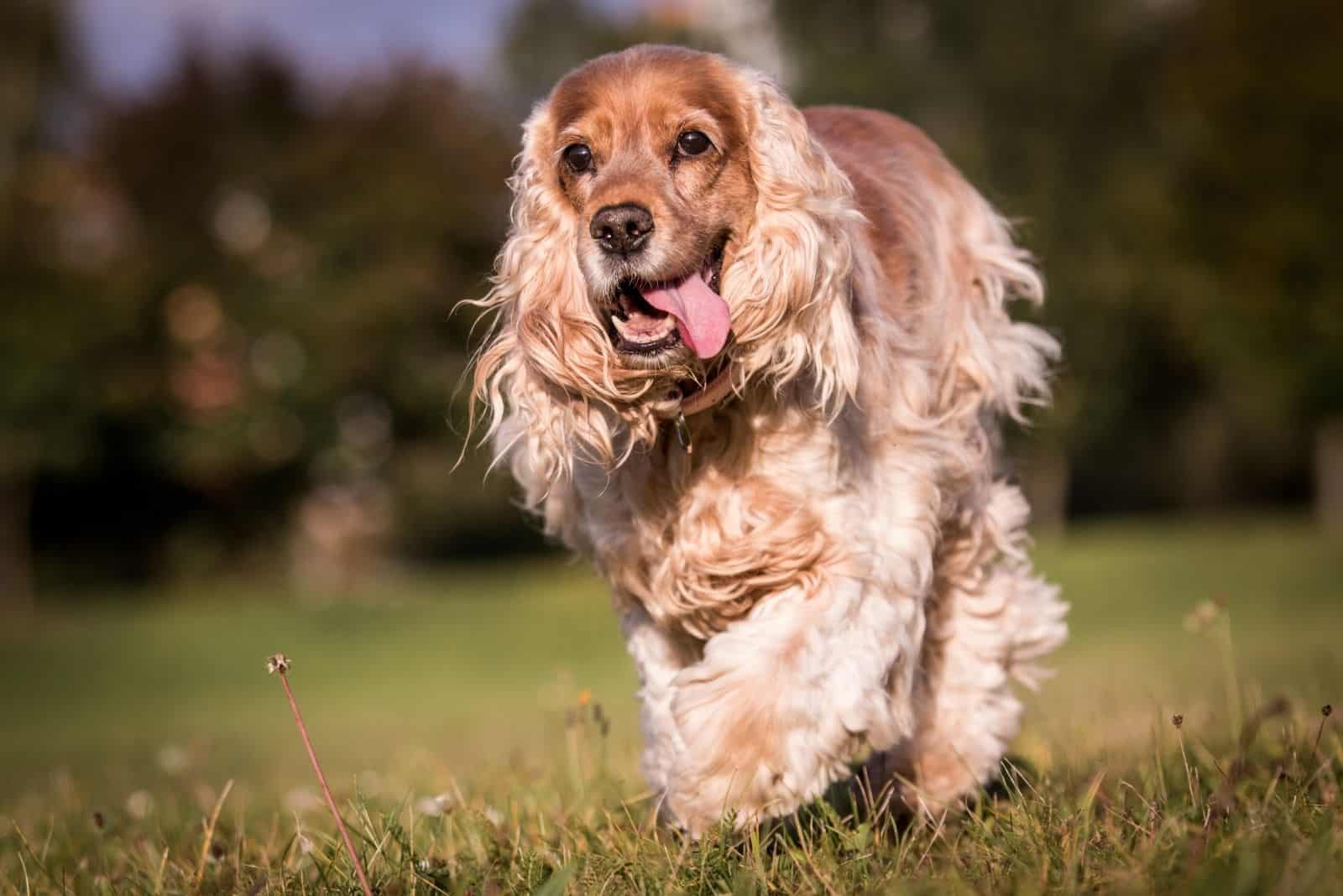
Cocker Spaniels are notorious biters, but only those that aren’t bred properly or haven’t received their training.
As long as you purchase your Cocker from a reputable breeder, with a good genetic lineage, and raise them the way you’re supposed to, then biting shouldn’t be an issue.
Please distinguish this behavior from a Cocker’s curiosity trait. They love exploring the world with their mouths, especially when they’re puppies. Also, anytime they feel stressed or overexcited, they will nip and bite.
This should be stopped in early puppyhood. Prevention is critical and can solve this problem completely.
Stop The Biting Before It Becomes Aggression
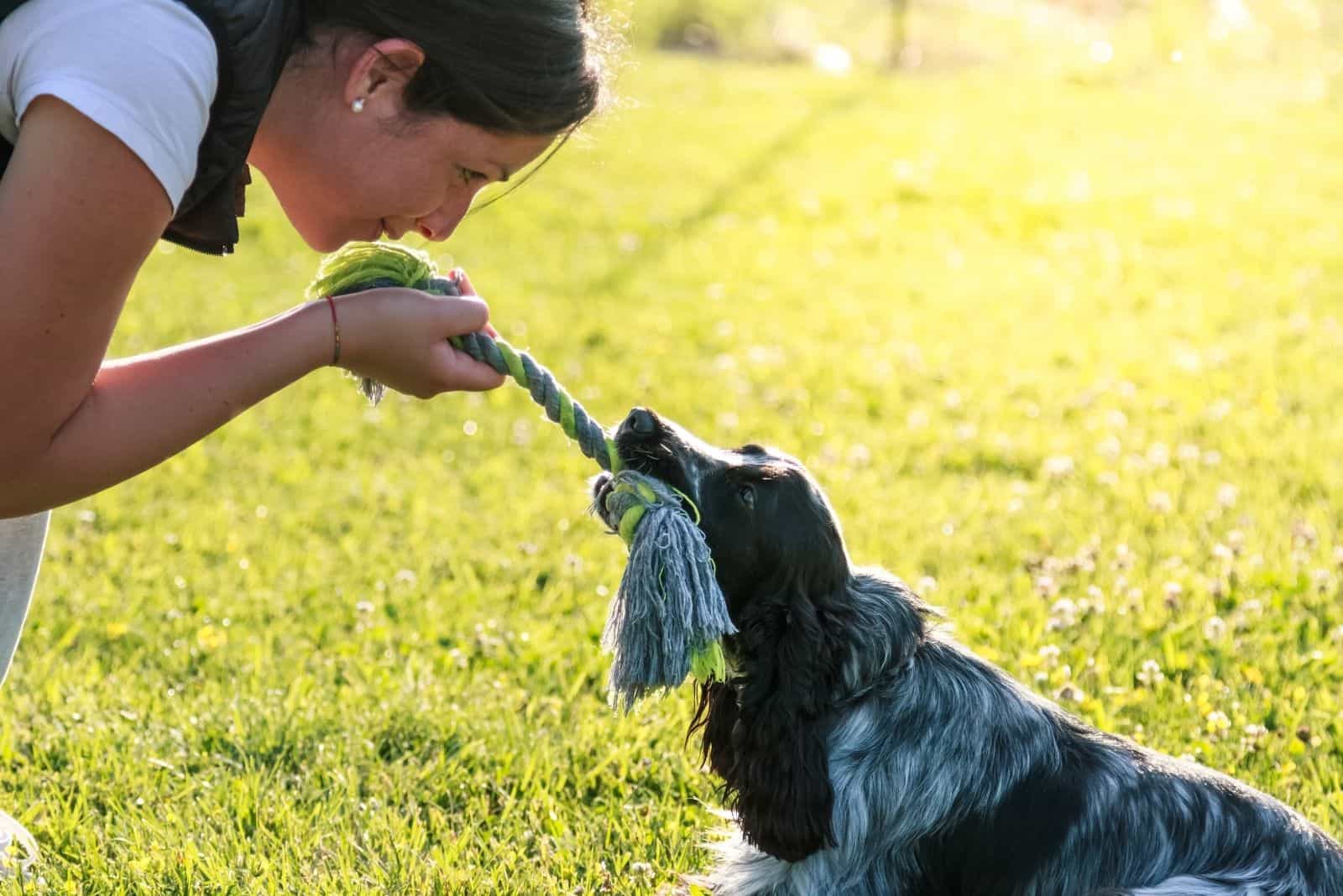
Training your Cocker Spaniel can be hard, so it’s absolutely fine to ask for professional help.
Training involves a combination of technique, timing, and equipment. Also, every training session should be supported with treats and toys as rewards.
There are two methods that you can use to train your Cocker:
• soft mouth method
• self-control method
Soft Mouth Method
This method teaches your puppy that biting will not be tolerated. It’s not appropriate behavior, and your puppy needs to know why.
You should demonstrate that biting brings you pain. Feel free to fake crying or show discomfort anytime your puppy nips you.
This can be done during playtime, but if your puppy keeps on nipping your skin, you should stop the entire game.
Just fold your arms and make a dramatic leave. The puppy will eventually figure out why you’re always marching out when it bites you.
The Self-Control Method
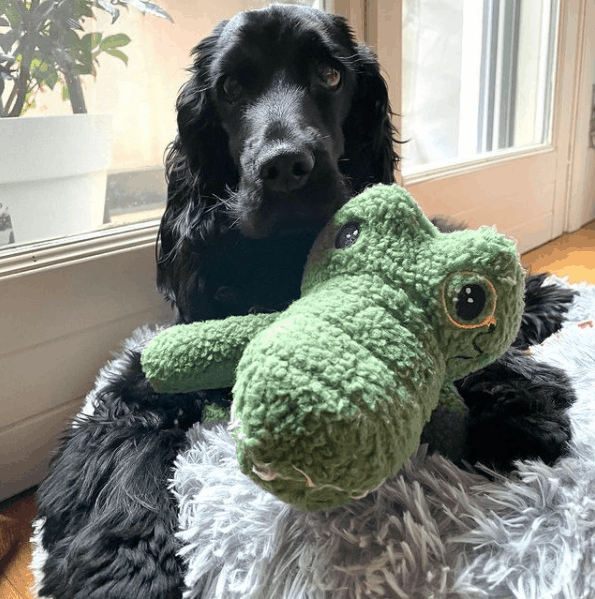
Photo from @cockerspaniel_smiling
This approach is all about making your dog focus on something else other than biting, i.e., a toy. Since they love having a toy in their mouth, this would work fine as well.
By following this approach, you should always praise your dog for picking up a toy and taking it with enthusiasm, not with force. This will refocus your spaniel’s attention – ensuring that they bite elsewhere such as into a toy.
These dogs love to have an object in their mouth, so redirecting the impulse tends to work well.
With this approach, you will always want to praise your dog for picking up a toy or taking it with enthusiasm.
During this training, you should stay away from games like tug-o-war and fetch, where their teeth are in action.
Make sure the dog’s mouth is usually busy when you pet him. You will come near the mouth, but he won’t be able to nip at you because he’ll have a toy stuck in it.
There are some do’s and don’ts you should follow while training your Cocker Spaniel.
When a puppy bites you, you should respond dramatically. Fake cry as much as you can. The more you pretend it hurts you, the sooner the puppy will get the message that biting isn’t okay.
Do seek professional help if you believe your techniques aren’t making any progress.
Never punish your dog when he misbehaves. This will only make him more frightened of you than they might already be. A simple and firm no should turn his focus to you.
Wagging your finger before the dog’s face is a huge NO because this might encourage further biting.
Don’t forget to reach every time your dog bites. Otherwise, he’ll never learn what’s wrong.
Why Are Cocker Spaniels Aggressive?
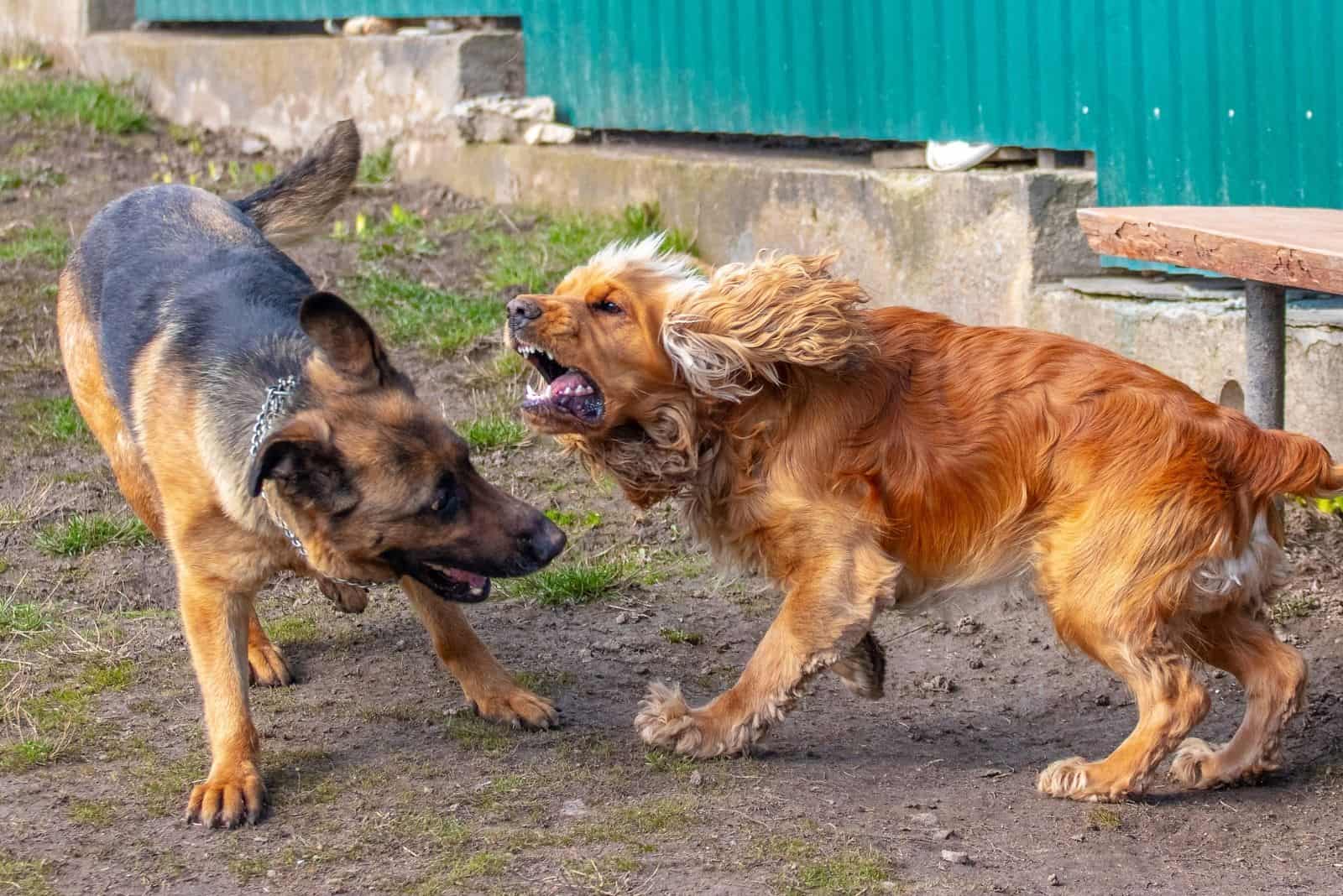
Cocker Spaniels are generally loving dogs that enjoy cuddle time and prefer being active. While some examples of this breed can be nippy, it shouldn’t be mistaken for dog aggression.
Aggression doesn’t come on its own. There are numerous reasons why Cocker Spaniels are aggressive.
Here they are listed below:
• genes and breeding practices
• harsh treatment
• strangers and other dogs
• health problems
Genes and Breeding Practices
The major reason why some Cocker Spaniels are aggressive is what they have inherited from their parent breeds.
Many Cockers inherit aggression. Both these genes and the breeding practice have a huge impact on the dog’s behavior.
In fact, there are studies proving this.
So, next time you think of getting one of these babies, you better have the number to a reputable breeder. To find one in the UK area, check our article on 7 trustworthy Cocker Spaniel breeders in the United Kingdom!
Harsh Treatment
Since Cocker Spaniels are very sensitive dogs, they don’t respond to harsh treatment that well.
Punishing the dog physically can only result in growling or snapping. It’s a way that Cockers respond when in pain or afraid.
Strangers and other dogs
Most breeds respond with aggression when they meet unfamiliar people or other dogs.
It can be a result of fear, poor communication, possessiveness over a toy or dog food, or even territory.
Health problems
Many experts argue whether rage syndrome is really a syndrome or an inherited condition. Either way, health issues are the most common reason why dogs have aggression issues.
Injured dogs or dogs in pain respond with aggression. It’s their way of hiding pain and show they’re not vulnerable or in danger.
It’s a way that their natural survival instinct kicks in, and also an evolutionary trait back when they lived in social packs.
Whatever the reason is, don’t ignore it. You need to be particularly careful with this breed. It’s very easy to fail to notice the first signs of aggression because this breed is so small, and they have a huge tendency to nip.
Some experts claim that the cause of aggression can be some sort of brain disorder or even reduced serotonin levels. Others think it’s related to a form of epilepsy called complex partial seizures.
The scientists who believe aggression is connected with low serotonin levels also believe this condition follows family lines. Such behavior can hardly be distinguished from dominance aggression.
No matter what the reason is, it’s important to know how to deal with such dogs. The owner has to know how to comfort the dog even if it’s misbehaving.
Gentle words, some light petting, maybe a treat, or their favorite toy might reset their mind.
How Aggressive Are Cocker Spaniels: The Rage Syndrome
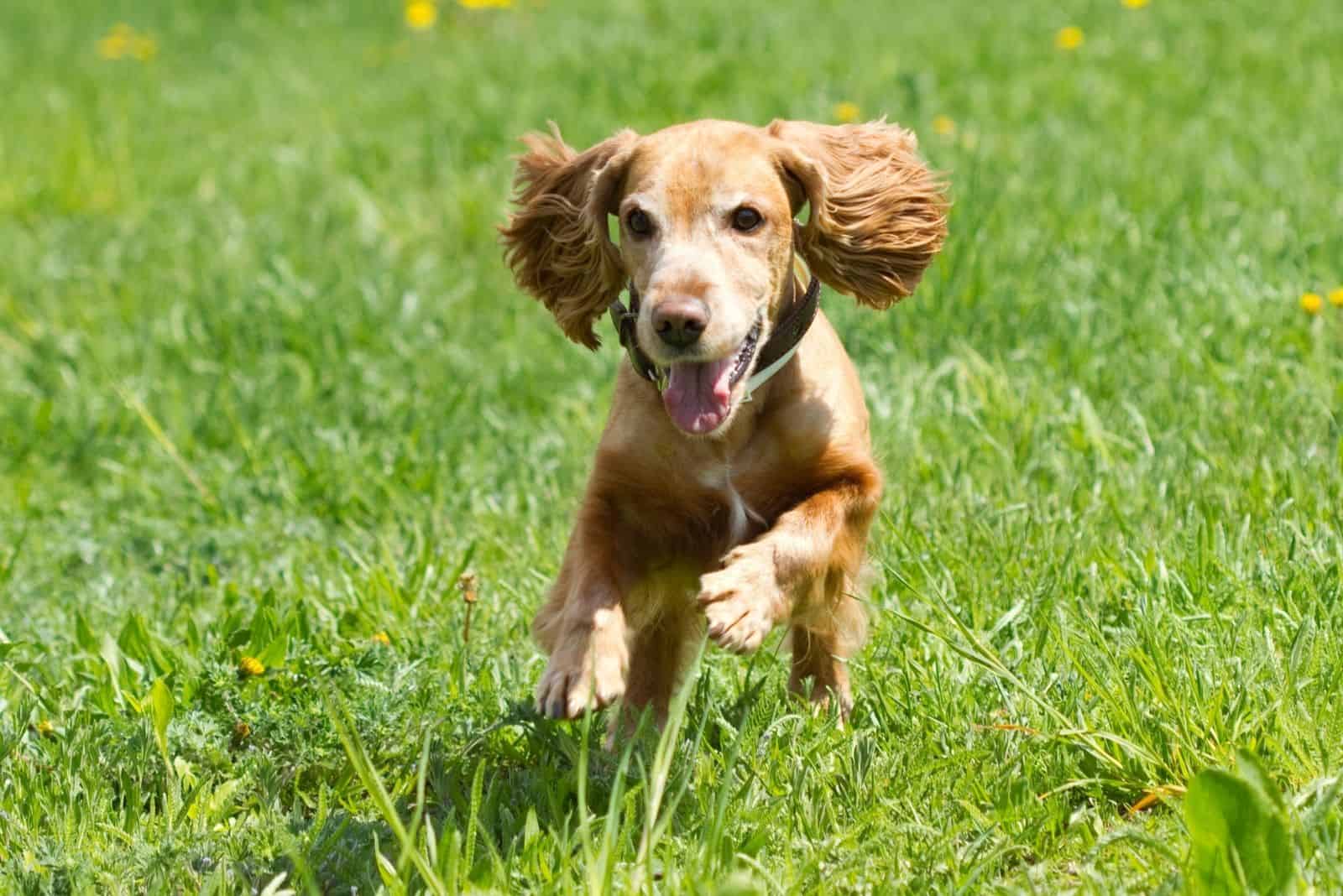
Cocker Rage Syndrome is a common condition mostly confined to the English Cocker Spaniel. However, it’s not something all Cocker owners have to face.
As long as you buy from a reputable breeder, visit the vet frequently, and do tests for health conditions (i.e., epilepsy), train your dog, and socialize it as soon as possible, you have nothing to worry about.
The term rage syndrome was first used by Roger Mugford when he researched Cockers and aggression. It’s a way to describe behavioral patterns occurring in a disproportionate number of Cocker Spaniels.
Mugford found that the majority of the observed dogs began showing aggression signs at around seven and a half months.
But, his further research showed that this aggression can start as early as three months and as late as two years.
Unfortunately, his research did not find the cause of this behavior. It appears to be an inherited problem, making the breeder’s role in the breeding process even more important.
The patterns show that affected dogs are usually males of one coat colour group that exhibit such behavior problems.
It’s not typical behavior, and it is observed through the following:
• It’s unexpected and unexplained
• It’s vicious and sudden
• It’s unpredictable and impossible to control
Lately, experts have proven that other breeds, not only Cockers, suffer from the same canine aggression.
Does Rage Syndrome Affect Only Cockers?
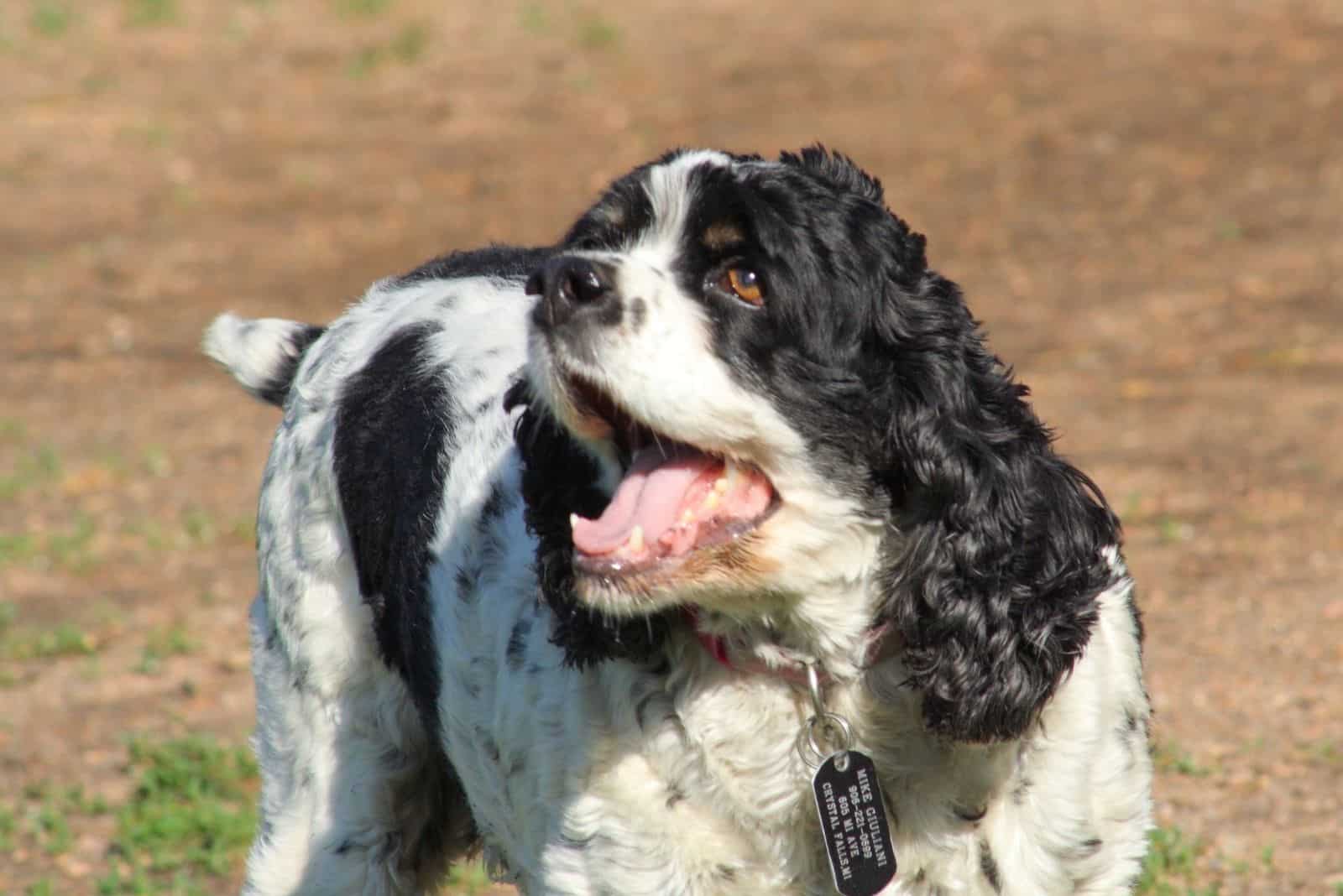
American and English Cocker Spaniels, Bernese Mountain Dogs, Chesapeake Bay Retrievers, Dobermans, English Bull Terriers, English Springer Spaniels, German Shepherds, Golden Retrievers, Pyrenean Mountain Dogs, and St. Bernard’s all have been diagnosed with rage syndrome.
This kind of aggression exhibits as an unprovoked attack, usually against family members. Rage syndrome looks like an exaggerated form of dominance aggression.
Rage syndrome is usually triggered by an unexpected approach of people when the dog is dozing. The dog snaps alert and attacks, biting and savaging. This may continue for a while and stop as suddenly as it started.
The dog usually looks confused and will exhibit normal behavior, looking submissive and sorry.
Sometimes, the eyes change color and become darker before an attack. There is absolutely no warning or threat posture, except the warning in the eyes before the dog launches at an individual.
Most people believe that their aggression is either dominance- or hormonal-related. The usual recommendation is neutering. Wrong.
The majority of aggression is fear-based and created in the first sixteen weeks of life. It is caused by a lack of socialization with humans and other dogs, and also by genetic issues as with rage syndrome and possession aggression.
SOA (Sudden Onset Aggression)
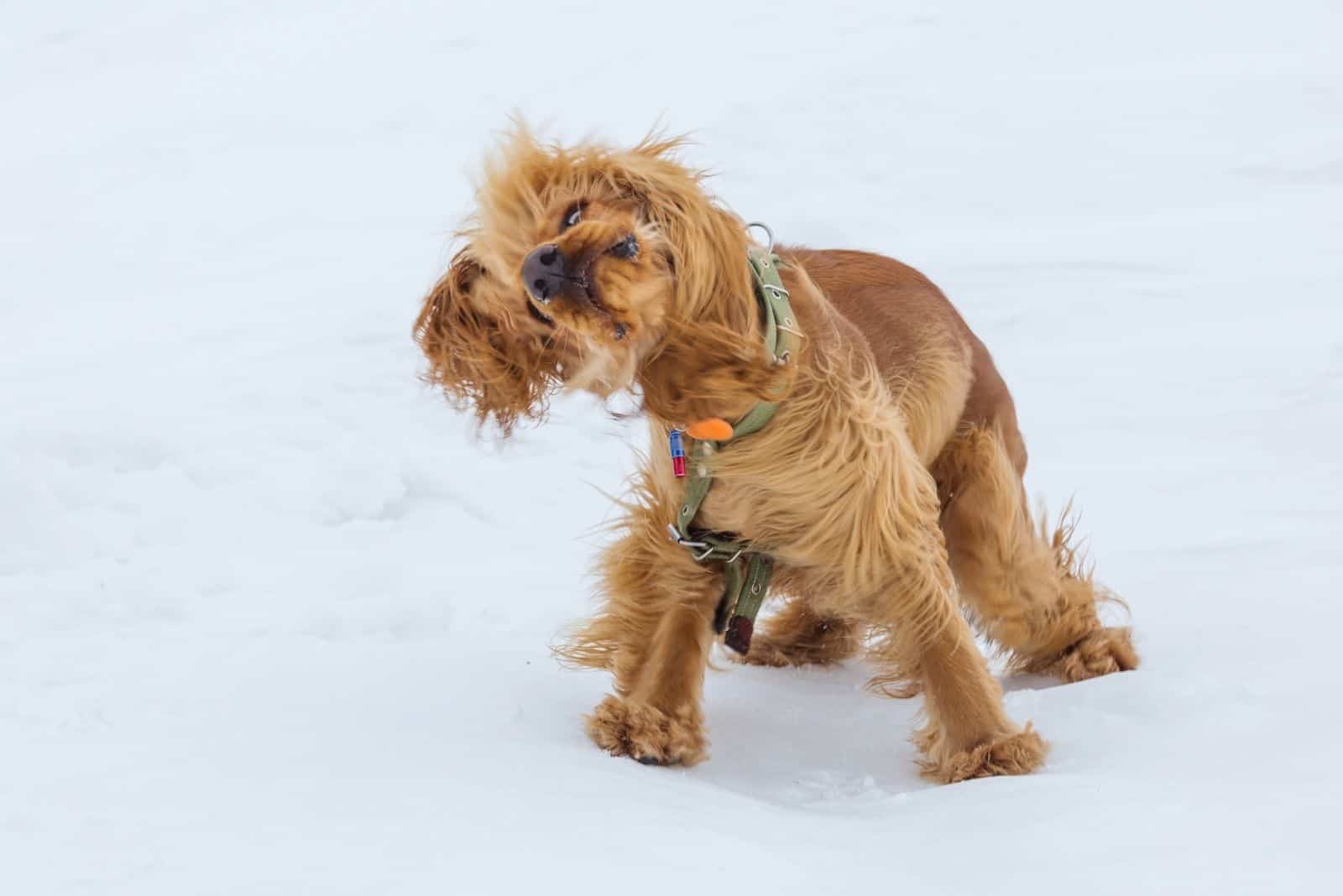
Sudden Onset Aggression, a condition known under many names, is less sensationalized than the term Rage Syndrome.
There are several theories about what causes SOA. Some researchers believe it’s caused by a partial seizure disorder, or it’s an inherited disorder appearing much more in some breeds than in others.
What’s so disappointing is that if this condition is inherited, the breeders are breeding these dogs even though they know they’re prone to this problem.
It is believed that this started from a Crufts best-of-breed champion back in the late 50s and early 60s.
Can SOA Be Related To Resource Guarding?
Resource guarding is something better known as possession aggression, one of the most common aggression types.
This is the act of aggressively protecting things like toys, treats, dog beds, personal space, bones, or other articles the dog has found.
A lot of Cockers have issues with resource guarding, showing control-dominant behavior.
What you should realize is that positive training methods are not necessarily positive-only training methods.
Any dog owner facing rage syndrome, SOA, or resource guarding must know that praising the good and ignoring the bad is risky and may lead to terrible consequences.
Are Cocker Spaniels Good With Other Dogs?
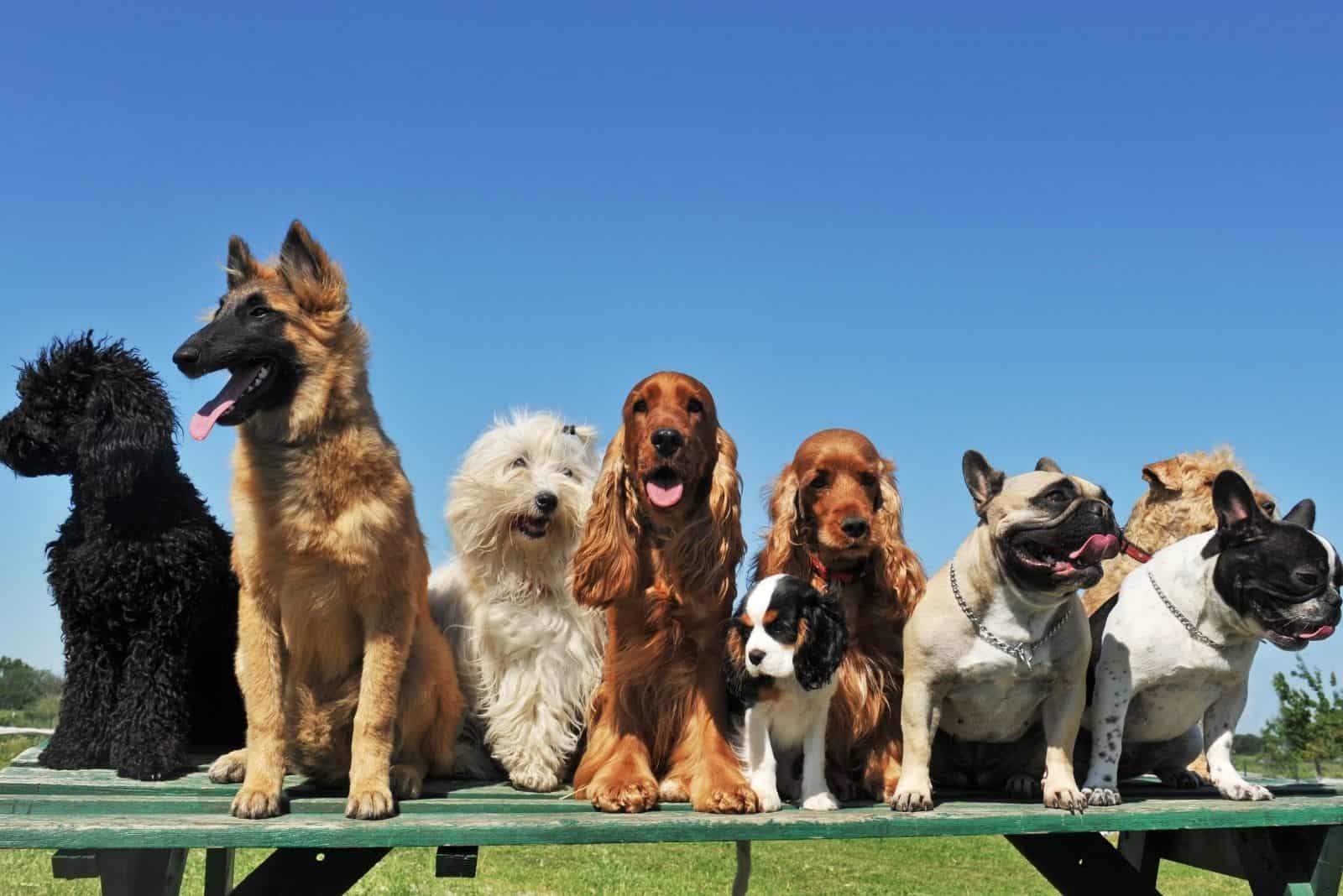
Cocker Spaniels are friendly and fun-loving dogs that make the perfect addition to any family. They’re gentle pups, and they get along extremely well with children.
The same goes for their relationship with other dogs, whether they’re pets in the house or canines on the street.
Cocker Spaniels enjoy the company of other dogs, but they’re also fond of cats, especially if you raise them together.
Socialization with other dogs begins in early puppyhood. A puppy begins socializing with other littermates, making the job already half-done.
Young puppies teach each other how to act around other dogs, how to read signs of dominance, and how to show submission.
Without knowing this, a dog might attack another dog that’s trying to tell him “I give up; you’re the boss here”. Or, he won’t know how to defuse a dominant dog’s aggression by showing his submission.
That’s why it’s important to give your puppy plenty of chances to practice this canine etiquette. Here are five steps that will lead you to having a socialized puppy that knows how to deal with other dogs.
Bring your puppy home at the right age. Buying or adopting a puppy that’s been taken away from his mother and littermates too early is not advised.
A puppy shouldn’t be taken before it turns eight weeks of age. Otherwise, your puppy won’t have enough chances to practice the early-mentioned canine etiquette.
Make playdates. Yes, real playdates with other puppies. It’s an excellent chance to bond, make new friends, and sharpen those social skills.
When you bring your puppy home, you should organize a welcoming party for all your friends and their healthy and vaccinated dogs. It would be best to have those pups well-behaved and mellow.
Enroll him in school. Puppy kindergarten classes are a real thing, and many dog owners nowadays choose them.
You should enroll your puppy in one of these classes as soon as you can. It will allow the puppy to socialize, have fun, and roam freely off-leash.
Work on his social life. When your puppy grows up, it’s time to finally visit the dog park and engage in playtime.
Anytime the opportunity calls, you should expose your dog to other dogs. Having a great social life during puppyhood doesn’t mean the socializing part is over.
Dogs must be submitted to constant exposure to other dogs or they’ll go astray and become less friendly.
The bottom line is: Every dog, no matter the breed or the bloodline, should have enough time in the dog park playing with other canines.
But, it must feel safe and make the other dogs feel safe, too. Pay special attention to your puppy’s behavior before it turns three or four months of age. This is the time when a puppy’s experiences can shape its future personality.
Cocker Spaniel Aggression Training
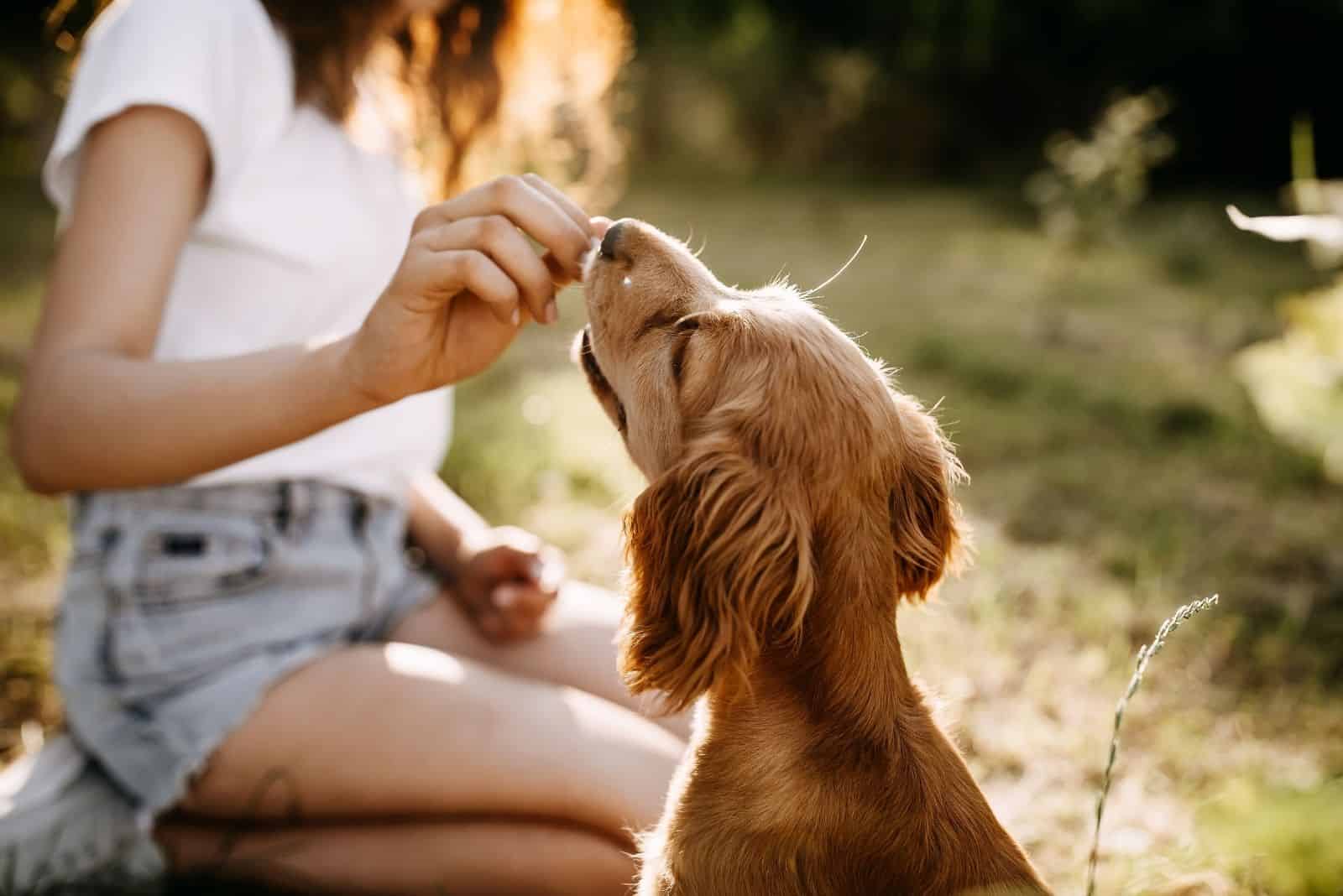
Preventing aggression in Cocker Spaniels is a multifaceted approach.
Aggression can usually be prevented through obedience training and early socialization.
By doing this, you can teach your dog what is acceptable dog behaviour and what’s not. You’ll be building your dog’s confidence with new people, dogs, sounds, sights, and situations.
Socialized and trained dogs are less likely to become upset or react in an inappropriate way, or to react with fear at all.
Start the training somewhere between six to twenty months of age. Commit to frequent exposure to as many different environments, circumstances, and contexts as you can.
These experiences should be as positive as you can make them, and they will teach the dog that new situations are not always threatening.
Calm behavior should always be rewarded with treats. Of course, aggressive or any other bad behavior should never be rewarded.
Also, picking up and comforting a nervous dog isn’t something you’re supposed to do. Instead, put your puppy in the crate or make them shift their attention to something else.
If you adopt an older Cocker Spaniel and later notice aggression signs, you will need help from a professional dog trainer.
Even the subtlest signs of aggression must be reported to a vet or a dog trainer, especially if it turns out that the aggression was caused by an illness.
Some cases of rage syndrome are treatable, but they must be reported early. However, some cases are, unfortunately, hopeless and the only way out is euthanasia.
When training your dog, you must ensure that both you and the dog are safe at all times. This means putting them in a safe place temporarily, like a crate or a kennel, is sometimes a good thing. Even if they’re not biters, they will calm down.
Biters will have to wear a muzzle until they learn such behavior is unwanted.
Finally

The world’s meanest dog or a kind soul? Are Cocker Spaniels aggressive? Yes, but their aggression can be controlled. Any dog breed can show different forms of aggression.
Dog behavior is still a mystery to humans, especially aggressive behaviour. But, it isn’t something that proper dog training, socialisation, and obedience training won’t solve. You just need to start as early as possible.
Cocker Spaniels aren’t only aggressive dogs; they’re one of the most intelligent dog breeds. They love learning new skills and being challenged. That’s why they’re so trainable.
Try not to let the threat of rage syndrome fear you. It’s a rare condition, and the risk of getting it decreases if your dog comes from a reputable breeder. Also, instead of solid colour males, go with multi-colour females.
Those are just some tips on getting the best from your Cocker Spaniel.
Do you want to know which Cocker Spaniel is the best one for you?
The one your heart chooses.
Read Next: Cocker Spaniel Feeding Chart: How Much And What Do Cockers Eat?
